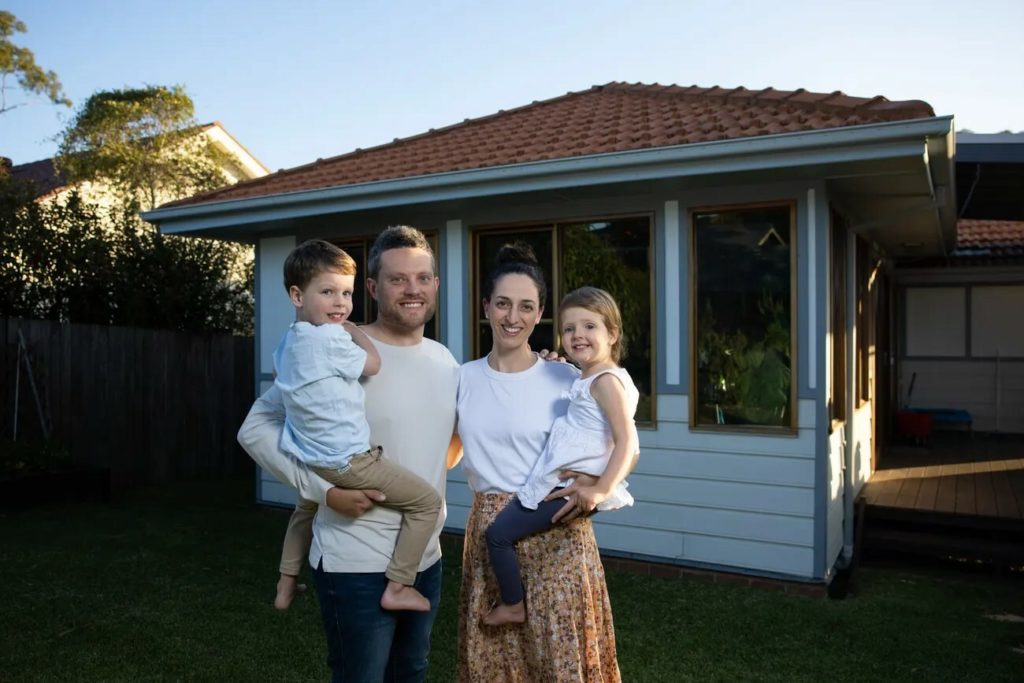Finance and Investments
Nambucca Valley, Alice Payne Photography
The Numbers for 2023
$221.1m
total corpus
$10.6m
approved in FY23
$215m
distributed since inception
The Board extend their appreciation to Trent Duvall, Quang Dang and KPMG who provide their audit services to VFFF on an honorary basis.
Using the Yale Distribution Model, Directors set a granting target of $11m for VFFF in 2023/24.
| VFFF | VFELF | |||
|---|---|---|---|---|
| 2022/23 $m | 2021/22 $m | 2022/23 $m | 2021/22 $m |
|
| Corpus | 221.1 | 208.7 | 6.2 | 6.5 |
| Grants approved | 10.6 | 10.3 | 0.85 | 0.75 |
| Cumulative grants | 215 | 204.4 | 8.9 | 8.05 |
VFFF Corpus and Grants
*Note: Historical grants represent total cash distributions in that year. From FY20 onwards the amount represents new grants approved in that year.
Investment Strategy
The Corpus of VFFF and VFELF is invested in a diversified portfolio overseen by Cambooya Services Pty Limited assisted by the Cambooya Investment Committee.
The VFFF Portfolio targets a long-term investment objective of CPI+5% and has exceeded its investment target over the seven-year period to 30 June 2023, but results are mixed for shorter periods.
In 2014 VFFF set a goal to have 5% of Corpus invested in impact investments. These are defined as investments that generate measurable social impact alongside financial returns, however are expected to yield a below-market level of return for the risk taken. These investments are viewed as an extension of the philanthropic work of VFFF.
Impact Investments committed at 30 June 2023 are:
| Name | Amount Invested $m | Inception | Asset Class | Social and Financial Returns to Date |
|---|---|---|---|---|
| HOPE Housing Investment Trust | 1.5 | August 2023 | Property | Investment in a diversified portfolio of residential property investments from shared equity contributions in homes purchased by essential workers. VFFF made a commitment to HOPE Housing prior to 30 June 2023 and capital was deployed in FY24. Social and financial returns have not been recorded as of 30 June 2023. |
| White Box Enterprises – Bangalow | 2.0 | July 2021 | Credit | 4.1% p.a. Funding for the purchase of a property to provide long-term premises to the Lighthouse Laundry business. |
| Family Place | 0.45 | May 2021 | Property | 3.9% p.a. Purchase of a property to provide long-term premises to The Family Place, a community centre supporting families in Logan, Queensland. |
| Loan to the Crusader Union of Australia | 3.0 | September 2019 | Credit | 3.7% p.a. Loan to the Crusader Union of Australia to help fund the development of their campsite facilities in Lake Macquarie, NSW. CRU Camps is the largest provider of Christian holiday camps in NSW, welcoming over 4000 campers each year to over 75 camps. |
| Yume Group Holdings Pty Ltd | 0.8 | November 2016 | Private Equity (Venture Capital) | This is an early-stage investment in a food technology platform. Yume has produced social returns, including 6.7m kilograms of food redistributed to other businesses and charities, 26.1m kilograms of Co2-equivalent embedded in the food redistributed and 1.5bn litres of embodied water in the food redistributed. |
A further $3.7m of mission aligned impact investment opportunities have been approved subject to finalisation of terms.
Social Impact Investment Highlight: HOPE Housing
In FY23 VFFF committed to invest $1.5m with not-for-profit fund manager HOPE Housing. Through the Fund, VFFF will access a diversified portfolio of residential property investments from shared equity contributions in homes located in Sydney and purchased by essential workers. The intent of the Fund is to deliver strong capital returns alongside a positive, measurable social impact return.
This social impact return recognises that home ownership not only provides a stable and secure living environment, but also plays a crucial role in the social wellbeing of Australians, providing the basis for a stable social and economic system. Yet the increase in housing prices in the past five or so years, particularly in Sydney, has made saving for a home and obtaining a home loan increasingly unattainable for those on moderate incomes.
Essential workers are paramount to the functioning of society yet increasingly it has become difficult for these workers to live and work in the same location. In fact for many, they have been locked out of home ownership completely.
The HOPE Housing shared equity model seeks to address this by supporting these workers to enter the property market. In the short-term better access to stable and secure housing closer to work could positively impact work life balance and the family cohesion of these new home owners. In the longer term, there is the potential for a range of financial and wellbeing outcomes for these individuals and their families to be improved.

